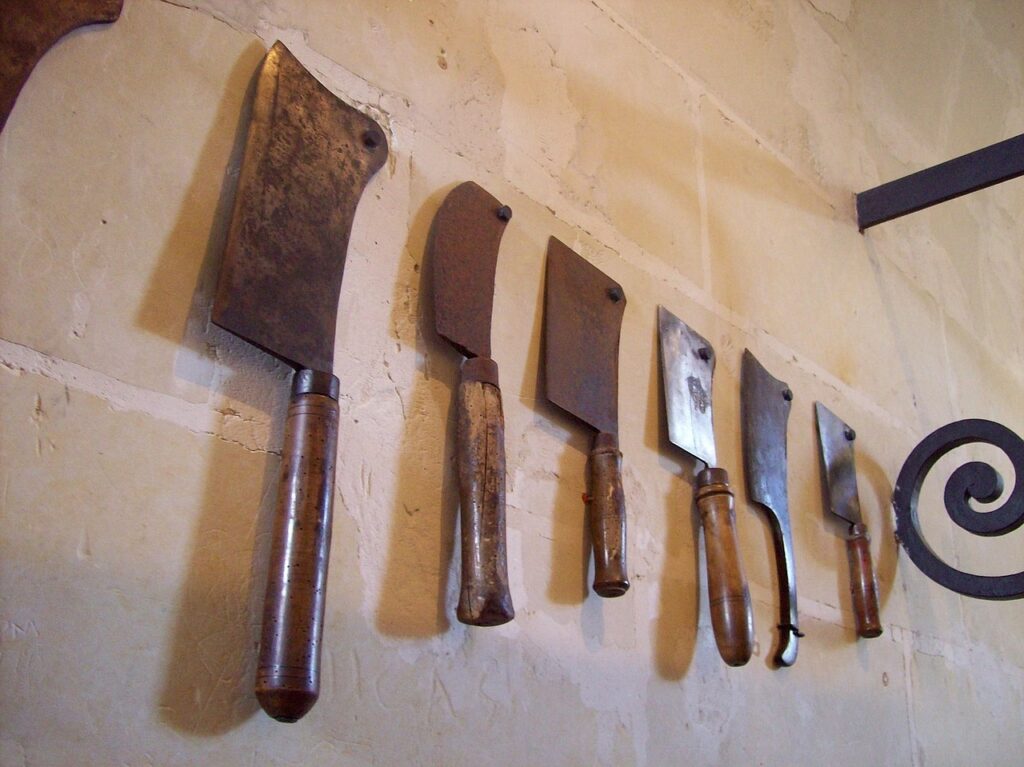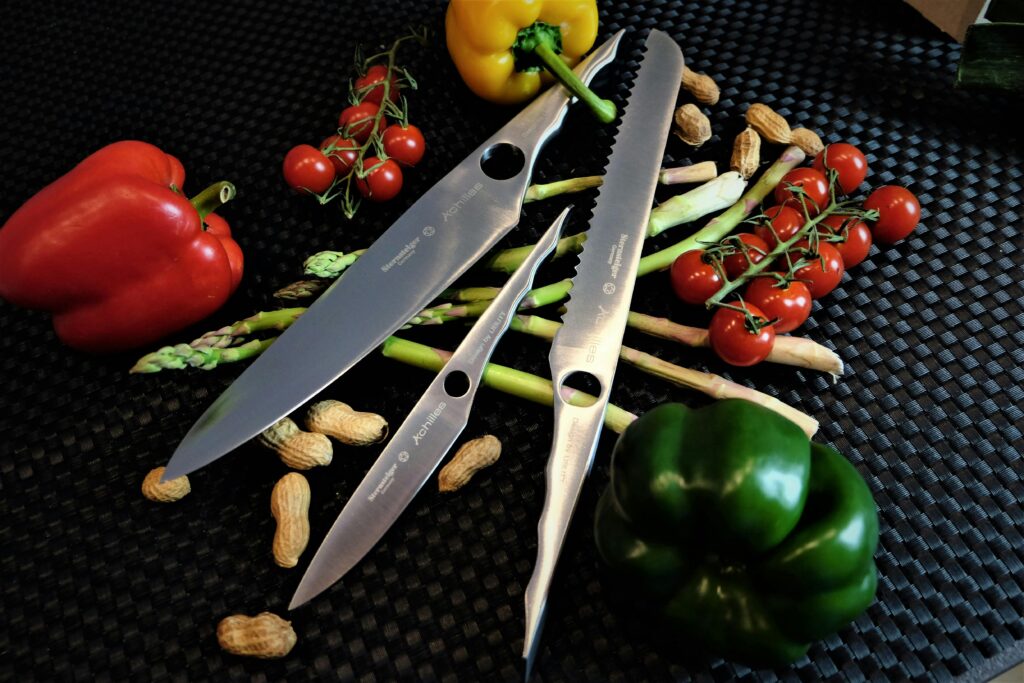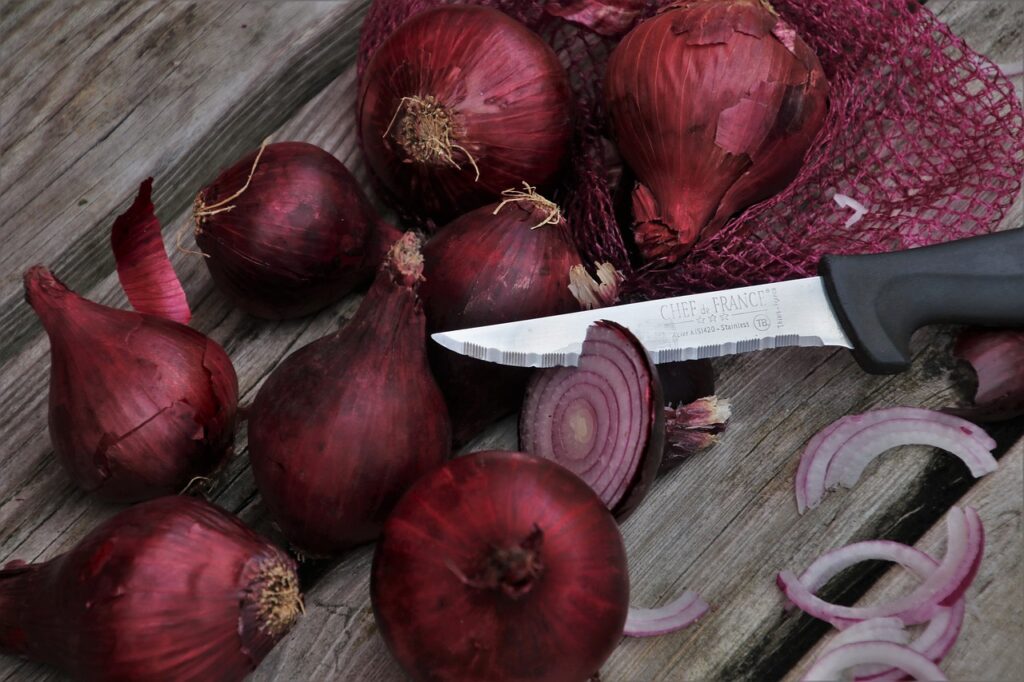
Pure Steel
Be that as it may, not all hardened steels are made equivalent. Search for high-carbon treated steel, which joins the imperviousness to rust of tempered steel with the sharpness and edge maintenance of carbon steel. Get more details about kjokkenkniv.
Jeridnimo Geronimo
Whitero CEO, USA



